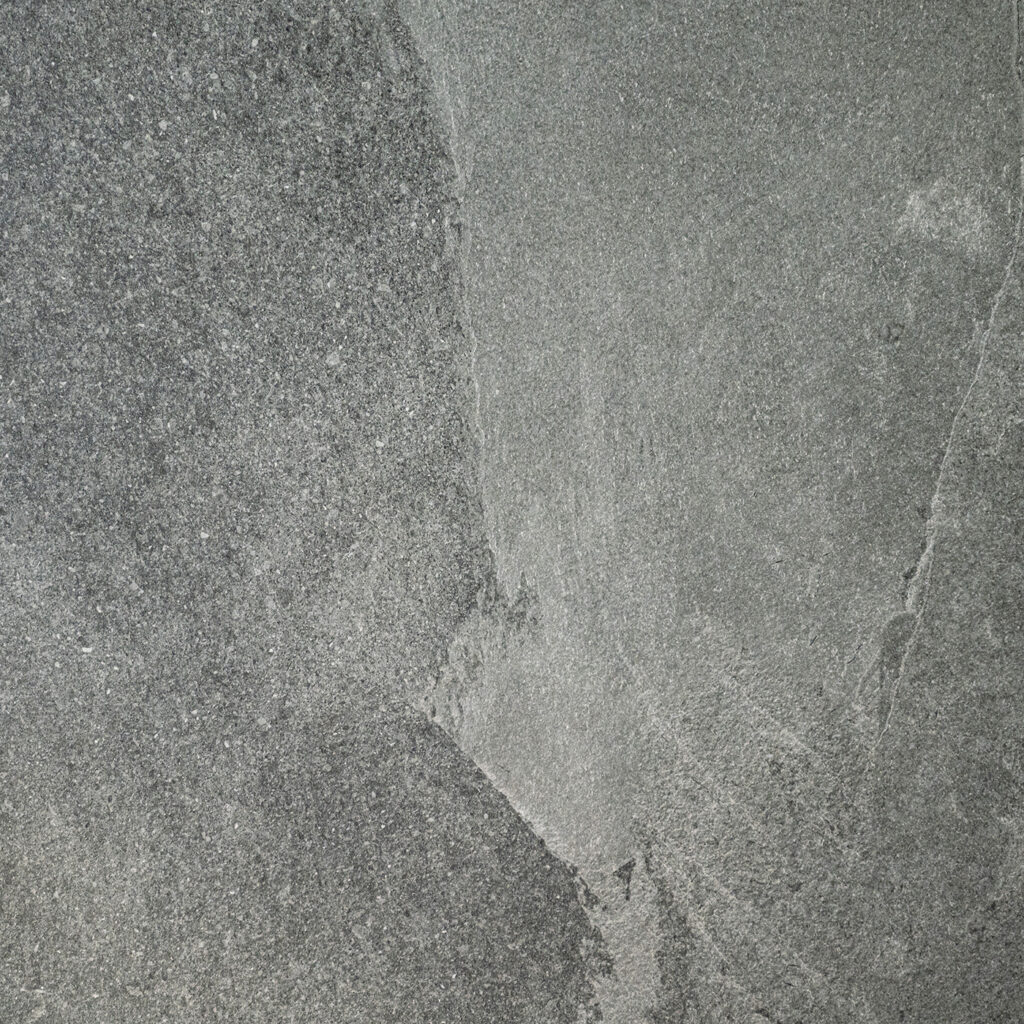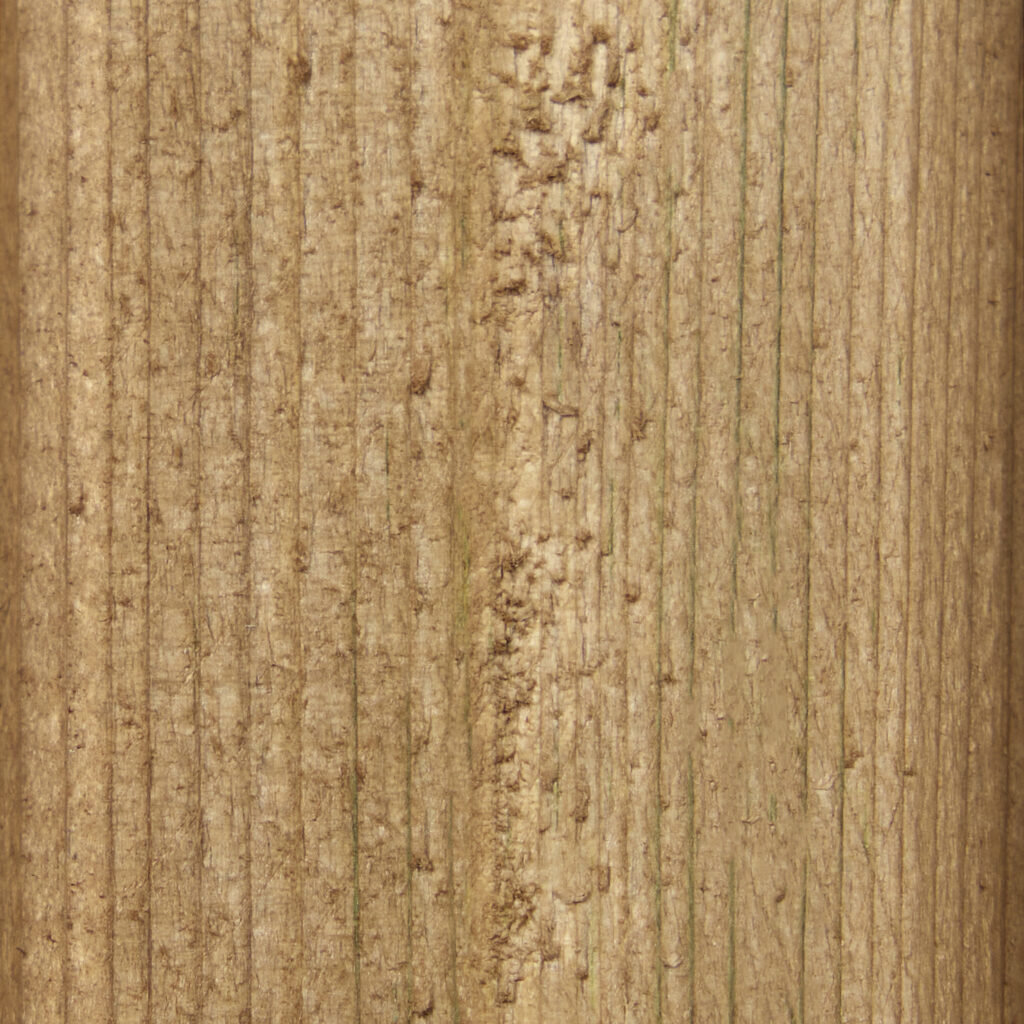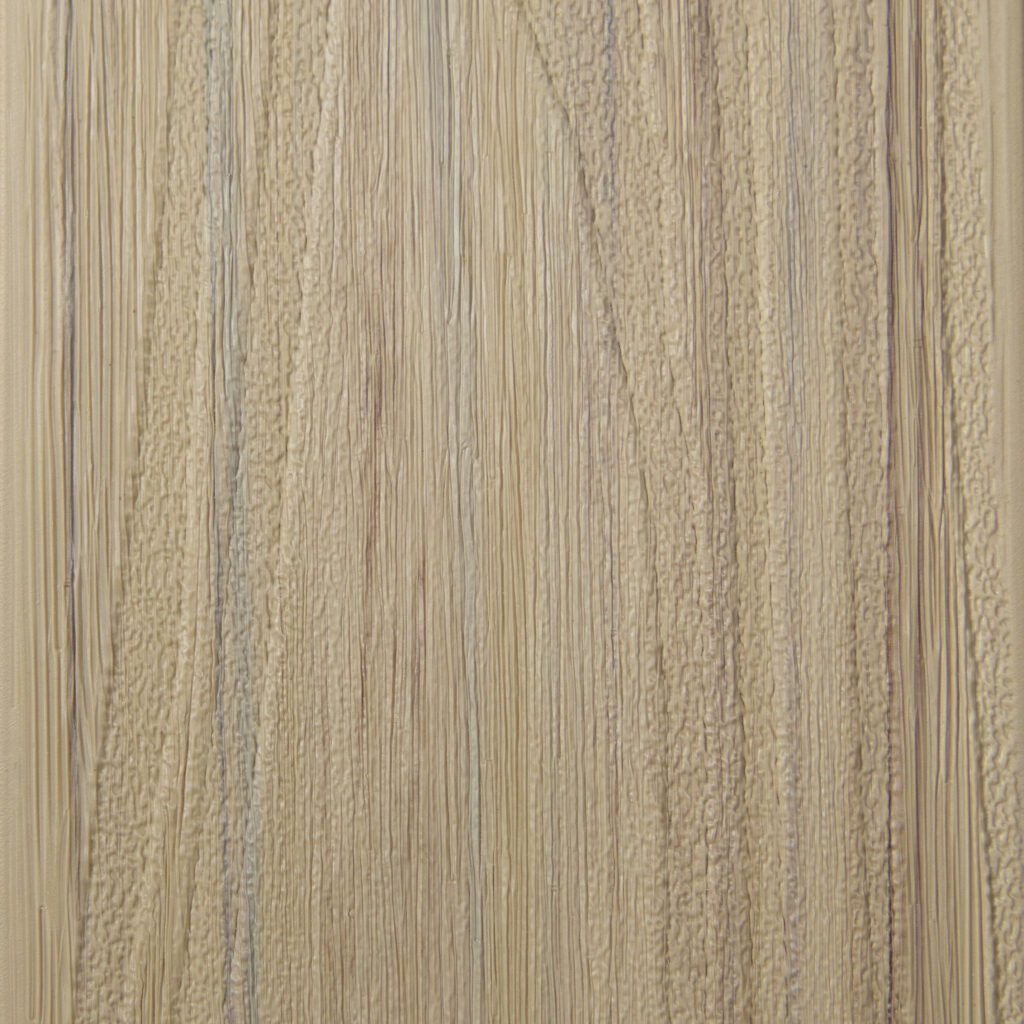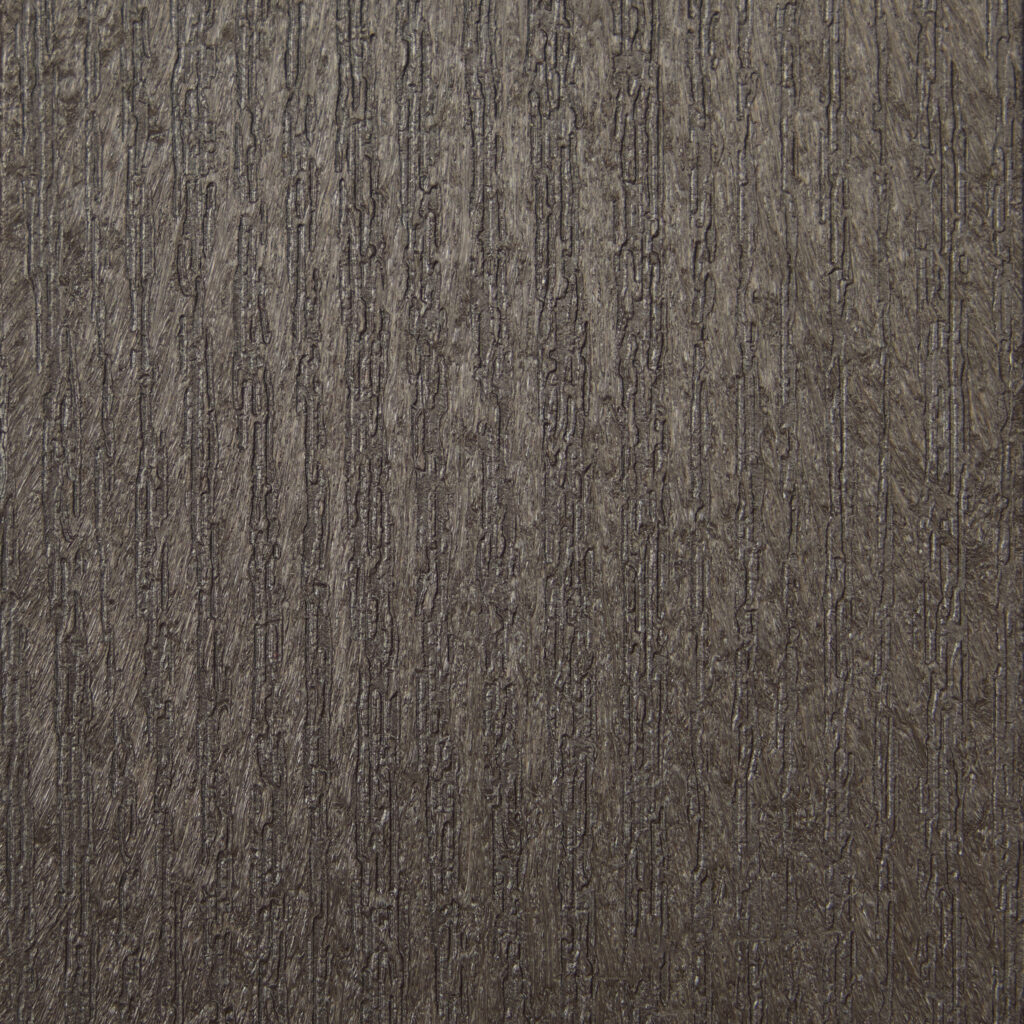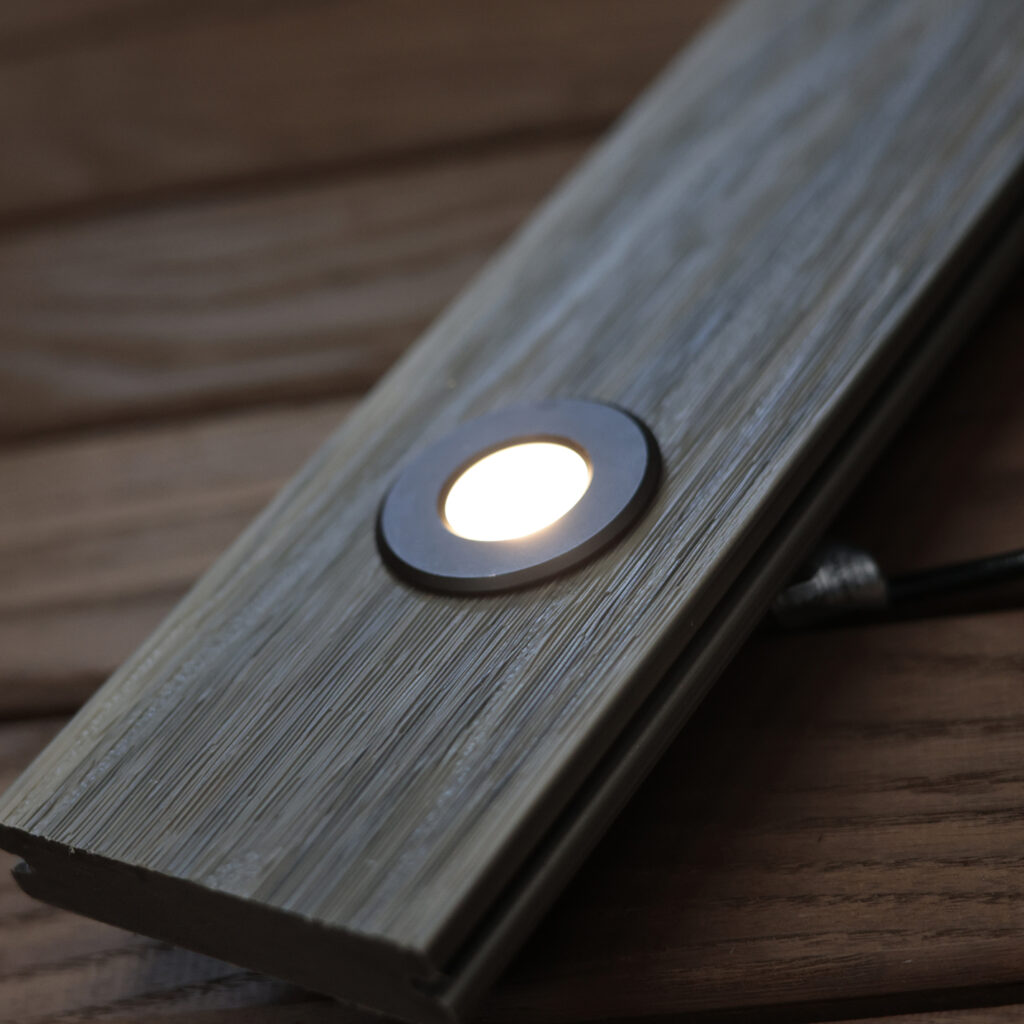Would you like to browse our deck tile products and accessories?
Your condo deck is a great addition to your home, providing a peaceful outdoor area to relax. However, like any other part of your home, it needs regular upkeep to keep it looking good and working well. Resurfacing your condo deck tiles is a key component of this upkeep. But how often should this be done, and what are the best practices to keep your deck tiles in top condition? In this comprehensive guide, provided on behalf of Designer Deck, we’ll explore the factors that determine resurfacing frequency and share essential maintenance tips to ensure your condo deck remains an inviting and durable space for years to come.
Understanding Resurfacing: Why It’s Necessary
Resurfacing means adding a new layer on top of your existing deck tiles to refresh their look and protect them from damage. Over time, weather, foot traffic, and regular use can cause your deck tiles to fade, crack, or become uneven. By resurfacing, you not only make your deck look new again but also extend its life by adding extra protection against the elements.
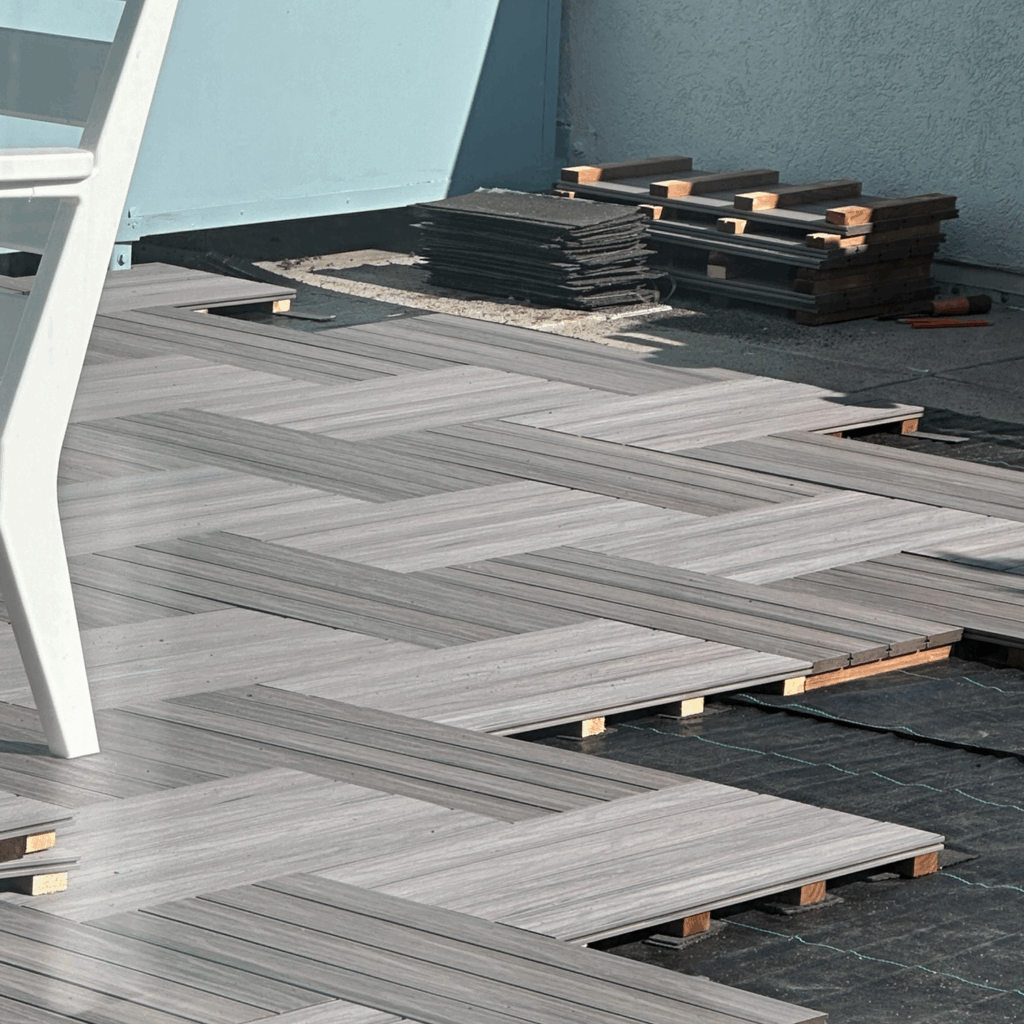
How Often Should You Resurface Your Condo Deck Tiles?
The frequency of resurfacing depends on several factors, including the material of the deck tiles, the level of foot traffic, and the environmental conditions they are exposed to. Here’s a breakdown of the key factors:
-
Material of Deck Tiles
- Composite or Recycled Plastic Tiles:
These tiles are very strong and built to handle tough weather and lots of use. Due to their resilience, composite or recycled plastic tiles typically require resurfacing every 5-10 years. However, if your deck is in a location with extreme weather conditions, such as intense sun exposure or heavy rainfall, you might consider resurfacing closer to the 5-year mark to maintain their appearance and integrity.
- Wooden Tiles:
Wood is a natural material that, while aesthetically pleasing, is more susceptible to wear and tear than synthetic alternatives. Wooden tiles require more frequent resurfacing, usually every 2-3 years, depending on the quality of the wood and its exposure to the elements. Regular sealing can help extend the time between resurfacings, but it’s crucial to monitor the wood for signs of damage, such as cracks, warping, or fading.
- Stone or Ceramic Tiles:
These materials are known for being long-lasting and can stay in good condition for many years with proper care. Stone or ceramic tiles generally need resurfacing every 10-15 years. However, the grout and sealant between the tiles may require attention more frequently. Regularly refreshing the sealant can prevent water penetration and staining, which can extend the period between full resurfacings.
-
Foot Traffic
High foot traffic can significantly accelerate the wear and tear on your deck tiles. If your condo deck is frequently used for entertaining or if it serves as a primary walkway, you might need to resurface the tiles more often than decks with minimal use. For high-traffic areas, consider resurfacing every 3-5 years, regardless of the material, to ensure the deck remains safe and visually appealing.
-
Exposure to Environmental Elements
The environment plays a critical role in determining how often you should resurface your deck tiles. Decks that are constantly exposed to harsh sunlight, heavy rain, snow, or saltwater (in coastal areas) are more prone to damage. UV rays can cause the colour of the tiles to fade, while moisture can lead to mold growth or wood rot. For decks exposed to such conditions, it’s advisable to inspect the tiles annually and plan for resurfacing every 2-5 years, depending on the material and the severity of the exposure.
Maintenance Tips for Condo Deck Tiles
In addition to regular resurfacing, ongoing maintenance is essential to keep your deck tiles in optimal condition. Here are some suggestions offered by Designer Deck to help you maintain your deck tiles and make them last longer before needing resurfacing again:
-
Regular Cleaning
Cleaning your deck regularly is the best way to prevent damage. Sweep it often to get rid of dirt, leaves, and other debris that can cause stains or lead to mold and mildew. For a deeper clean, use a gentle detergent mixed with water and a soft brush to scrub the tiles. Stay away from harsh chemicals or power washers, as they can harm the tile surface.
-
Inspect for Damage
Regularly inspecting your deck can help you spot small problems before they turn into bigger ones. Look for cracks, chips, or uneven tiles, especially around the edges and corners where damage is more common. If you find any issues, fix or replace the tiles right away. Taking care of these problems early can save you from needing more extensive resurfacing later on.
-
Re-Seal Wooden Tiles
Wooden deck tiles need regular sealing to shield them from moisture, sunlight, and other environmental factors. Applying a good quality sealant once a year can help maintain the wood’s color and stop it from warping or cracking. Before sealing, ensure the wood is clean and dry. If you see any areas where the sealant has worn off, apply more to keep the protection consistent.
-
Use Protective Measures
Taking simple precautions can greatly extend the lifespan of your deck tiles. For example, use furniture pads under heavy pieces to avoid scratching or denting the tiles. You can also place outdoor rugs in areas with lots of foot traffic to reduce wear and tear. These easy steps can help your deck stay looking new and lessen the need for resurfacing.
-
Address Drainage Issues
Good drainage is crucial to avoid water damage to your deck tiles. Make sure your deck allows water to drain properly so it doesn’t pool on the surface. Standing water can cause mold, wood rot, and other problems that might require resurfacing. If you see areas where water collects, think about adjusting the deck’s slope or adding extra drainage options.
-
Seasonal Care
Seasonal maintenance is crucial for protecting your deck tiles from the elements. During the winter months, avoid using metal shovels or harsh de-icing chemicals on your deck, as these can damage the tiles. Instead, use a plastic shovel to clear snow, and consider using sand for traction instead of salt-based de-icers. In the summer, provide shade for your deck with umbrellas or awnings to protect the tiles from excessive sun exposure.
Conclusion
Resurfacing your condo deck tiles is an important maintenance task that ensures the longevity and aesthetic appeal of your outdoor space. By taking into account the type of tiles, the amount of foot traffic, and the exposure to weather, you can figure out the right resurfacing schedule for your deck. Additionally, implementing regular cleaning, inspections, and protective measures can help extend the time between resurfacings and keep your deck looking its best.
No matter if your deck has composite, wooden, or stone tiles, taking good care of it is essential to keep it looking great and working well. By following the advice in this guide, you can keep your condo deck in excellent condition and enjoy it for many years. If you have any questions or need further assistance with resurfacing or maintaining your deck tiles, don’t hesitate to reach out to the experts at Designer Deck for professional advice and services tailored to your specific needs.





